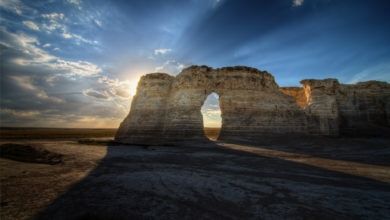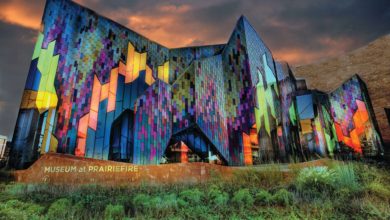You’ll Be Surprised to Learn These Facts About Kansas
6 things make the state just a little different from all the others
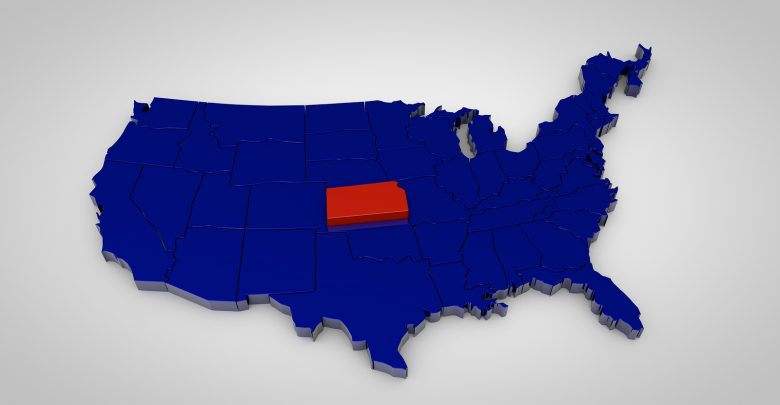
Kansas was the 34th state to join the union on January 29, 1861. The state is named for the Kansas River and is well known for its wheat production, as well as the prevalence of tornadoes that have made their marks in and over Kansas throughout the years.
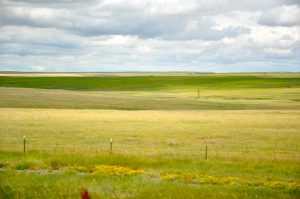
The geographic center of the contiguous 48 states lies within Kansas’s borders in Smith County, near the city of Lebanon. The Sunflower State is further known for its flat topography—so flat, in fact, that scientists conducted experiments to see which was flatter—pancakes at the International House of Pancakes (IHOP) or the state of Kansas. The latter won hands-down!
United States history books are chock full of stories of cities in Kansas that were part of the Wild West of the 1800s during which legends like Wyatt Earp and Bat Masterson served as fearless lawmen. And you thought there wasn’t much more to Kansas than Dorothy, Toto, and twisters! Prepare to be surprised as we share six more things that set Kansas apart from the other members of these United States.
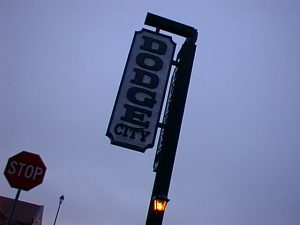
Truth be told, it’s home to the actual “windy city.”
Though Chicago has amassed the nickname “the windy city” over the years, the truth is that the windiest city in the country is actually in Kansas—and being windy isn’t its only claim to notoriety. With an average wind speed of 13.9 miles per hour, the county seat of Ford County, Kansas—former Wild West town of Dodge City—is the nation’s windiest city. (Go ahead and feign your windiness, Chicago—we all know your average wind speed is under 11 miles per hour.)
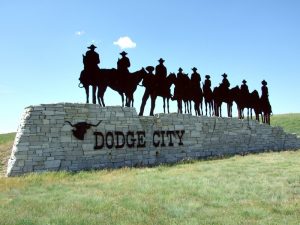
Dodge City’s higher average wind speeds mean that winter often brings blizzards, even though the accumulation of snow remains relatively low. Dodge City receives an average of 22 inches of rainfall a year and served as the proverbial stomping grounds of lawmen legends Wyatt Earp and William B. “Bat” Masterson as a frontier town of the Old West.
Even if you don’t think of Kansas as exciting, many exciting people hail from the Sunflower State.
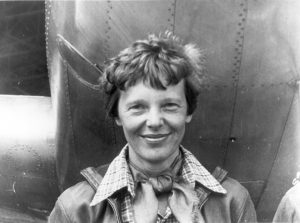
Kansas is the birthplace of many notable people—some who made it into history books in unique and profound ways. Pilot Amelia Earhart was born in Atchison, Kansas and set many records before her infamous attempt to fly around the world in her Lockheed Electra in 1937. The last known contact with Earhart was on July 2, 1937, and neither she nor her navigator Fred Noonan were ever found. She was declared legally deceased in absentia on January 5, 1939, and though she was young, she received international notoriety during her lifetime because of her accomplishments.
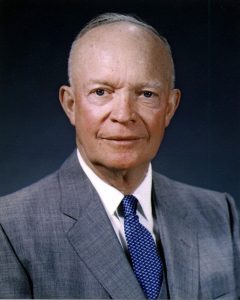
General Dwight David Eisenhower was born in Abilene, Kansas, in October of 1890. He would go on to run a grass-roots campaign and win the 1952 U. S. Presidential Election. He then enjoyed a second term as a result of the 1956 election. During his presidency, Ike was instrumental in working to improve US-Soviet relations after the death of Joseph Stalin.
Other Kansas natives include actresses Kirstie Alley, Annette Bening and Vivian Vance, who played Lucille Ball’s blonde sidekick, Ethel, on CBS’s I Love Lucy. Senator Bob Dole was also born in the Wheat State, as was singer Martina McBride.
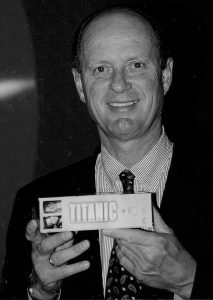
One Kansas native played a role in history of “titanic” proportions.
Ok, so that one was a bit corny—or cheesy—however you prefer your minimally-comedic puns. But the seriously ingenious intelligence and determination of one Kansas native truly impacted history forever—by helping us to clarify that history. Former U. S. Navy officer and deep-sea archaeologist Robert Ballard was born in the city of Wichita in June 1942. Ballard had been intrigued by the story of the sinking of the RMS Titanic in April of 1912. By the 1980s, the wreck had still not been located, and Ballard began developing innovative means for underwater sea exploration that could be used instead of manned missions, which were often fruitless and always costly. He developed the Argo submersible, which was deployed in the North Atlantic Ocean in the summer months of 1985 in an attempt to locate the sunken “unsinkable” luxury liner.
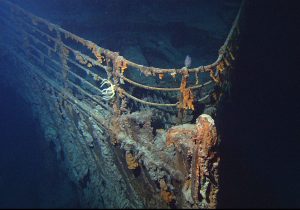
On September 1, 1985, the Argo sent back the first image ever captured of Titanic’s wreck site—an image of one of her boilers. Over the next 8 days, Argo captured more than 20,000 images of the wreckage—including the hull, the stern and a debris field that Ballard would soon learn covered an expanse of over 1,000 acres. The wreckage was located 73 years after the tragedy on the ocean floor some 2.4 miles under the water’s surface approximately 370 miles south-southeast of Newfoundland, Canada.
Ballard further discovered the German battleship Bismarck in 1989, the U. S. aircraft carrier U.S.S. Yorktown in 1998 and JFK’s PT-109 four years later in 2002.
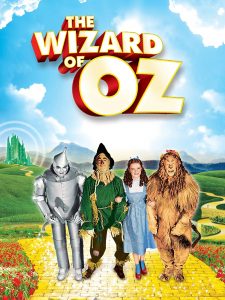
It was the setting of a famous film about a girl, her dog, a twister and an evil green witch.
The state of Kansas was the setting for L. Frank Baum’s The Wizard of Oz, which was published on May 17, 1900, and released as the famous iconic film on August 25, 1939. Kansas was quite special to the young girl named Dorothy, as throughout the story, her only wish is to find her way back home to the Sunflower State.
In 1981, an old farmhouse that stood just outside of the town of Liberal, Kansas, was moved into town and christened “Dorothy’s House.” It’s an exact replica of the home the young girl shared with her aunt and uncle in Baum’s story. Yellow bricks were laid just in front of the farmhouse’s porch—beginning with a pair donated by Ronald and Nancy Reagan.
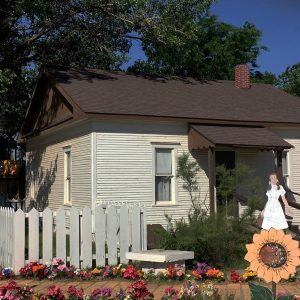
Visitors to the house can even step into the Land of Oz (which is located next door). The Oz exhibit is made of a series of dioramas of scenes from the film. It includes most every character from the film—including Mrs. Gulch and the Emerald City repair crew donning their Oz shirts. In March of 2015, a tornado simulation room was added between the farmhouse and the Land of Oz. (Wait—the original exhibit was sans twisters? The twister is kind of the catalyst in the story!)
The exhibit is open to the public Monday through Saturday from 9:00 a.m. to 5:00 p.m. and on Sundays from 1:00 p.m. to 5:00 p.m. You’ll find Dorothy’s House and the Land of Oz at 567 E. Cedar Street (Yellow Brick Road) in Liberal, Kansas. For more information, call (620) 624-7624. But be careful—before somebody drops a house on you!
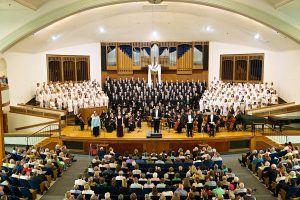
An Easter tradition 130 years in the making
Since 1889, Handel’s “Messiah” has been performed in the city of Lindsborg, Kansas. It’s one of the oldest traditions of its kind in North America. Each year, beginning up to three months before Easter, local residents, farmers, business owners, students and other members of the community gather twice a week to rehearse for the performance, which is delivered by a 300-person chorus with a full-volume organ and a stellar orchestra. The yearly performances include Bach’s “Passion According to St. Matthew” every Good Friday and Handel’s “Messiah” every Easter Sunday. The Messiah Festival of the Arts has been held around the Catholic Holy Week at Bethany College since 1882. There are art exhibits, theater productions, workshops and more. For information about this annual event, visit www.messiahfestival.org.
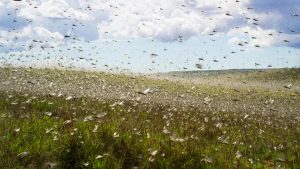
Grasshoppers serve as a church’s foundation?
Many of us have heard the Biblical parable of the wise and foolish builders from the seventh chapter of the book of Matthew in the New Testament, in which the literal message is that building a house on sand is not a great idea. But what about building a house (of worship) on grasshoppers? That’s exactly what happened in the town of Hutchinson, Kansas, in 1874.
Construction of the First United Methodist Church began that year. Heavy amounts of rain had fallen in Kansas that spring, and the significant rainfall was followed by a massive drought. In late July—and without any warning—millions of grasshoppers invaded prairies from North Dakota as far south as the Lone Star State. The swarms were so large at times that they blocked out the sun’s light and sounded like rainstorms. Also known as Rocky Mountain locusts, the grasshoppers ate crops from the ground, wool off of live sheep and clothing off of people’s backs. But despite the invasion, the pastor of the church wanted to press on with the construction of the new building.
In some places, grasshoppers were stacked several inches off the ground. Locomotives could get no traction on the railroad tracks because of this. Because of the invasion, grasshoppers were unintentionally mixed into the mortar that was used in the foundation of the original church building.
Locusts and plagues and bugs, oh my! Well, at least it’s not sand.

